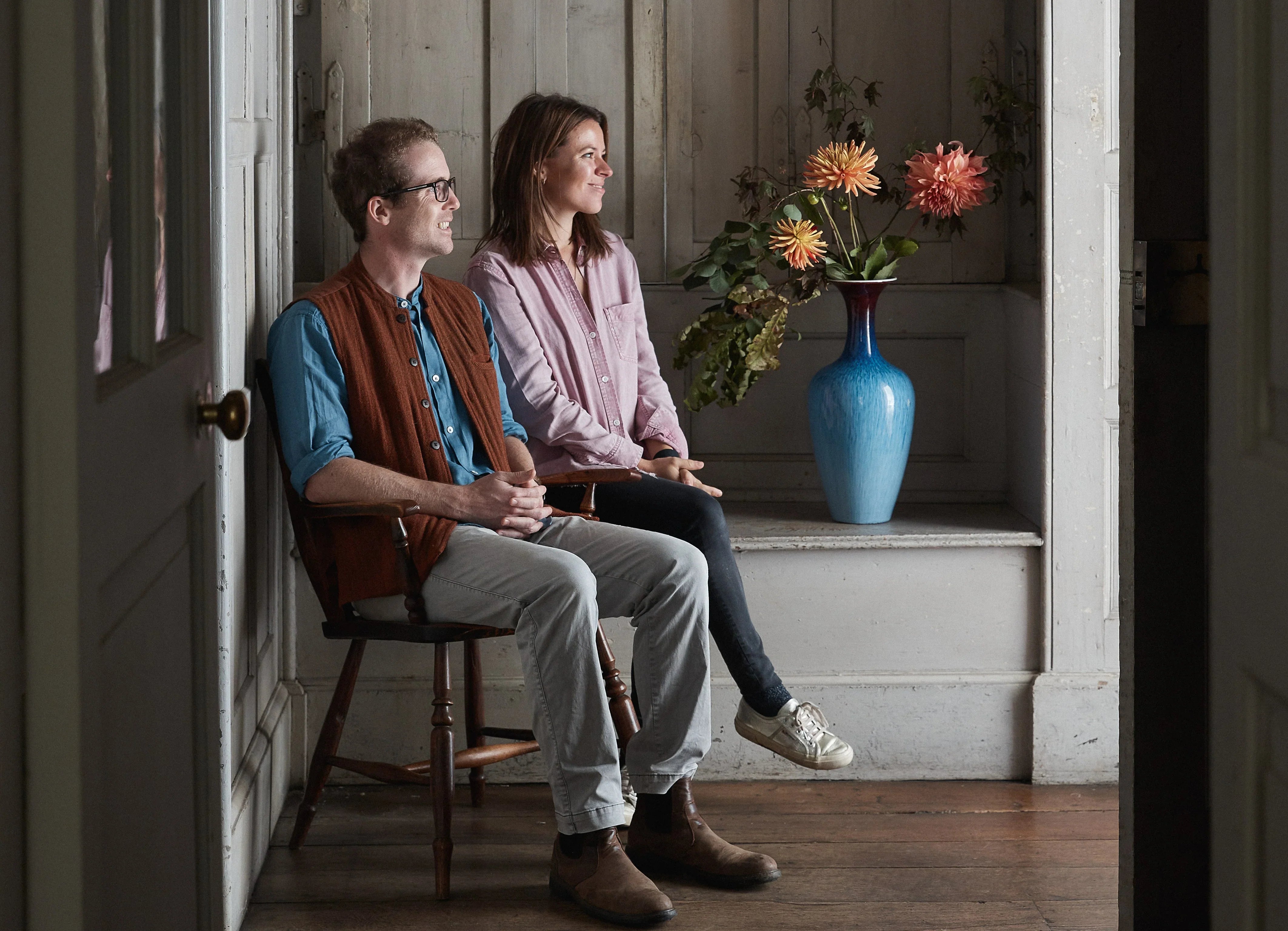What do you look for when sourcing furniture to restore?
We tend to source things that we find ourselves personally drawn to, and which we feel would sit happily in our own home. We don’t focus on one particular style or period as we believe varied pieces can complement each other and a range of different interiors.
However, we do focus on character and individuality - the idea of life already well-lived for tens if not hundreds of years. This often translates into quality – a well-made piece of furniture constructed from good, solid materials often brings with it an assurance that it will continue to serve a happy purpose long into the future, even if it does need a little TLC to restore it to its former glory.
.
What are the telltale signs a piece has been well looked after?
We look for evidence that care and consideration have been taken throughout the lifespan of each piece. Furniture is by its nature functional; it has to be used. Since part of the attraction of antique furniture is its enduring character and connection with the past, we accept and often prize signs of previous life.
Historically, furniture was expensive but durable and would often be restored, refurbished or reimagined rather than purchased new. It’s always fascinating to find signs of previous restoration.
We are of the opinion that furniture that has been well made, from good, solid materials, can almost always be rescued, regardless of its physical state. The key to sensitive restoration is often the distinction between patina and vandalism – what can be preserved as character, and what is simply best removed or replaced?
.
Is there a particular period piece or style of furniture that is popular at the moment?
We find that interest in our products is largely based on two key categories: truly special finds, which are rarely available, and good everyday furniture, which provides better value. For example, occasional chairs, small tables, chests of drawers and desks are always popular.
We have noticed a wider audience is becoming interested in antique and vintage furniture at the moment. In an age of greater awareness about sustainability, well-made second-hand furniture in good condition provides a really useful and attractive way to furnish our homes.

^ 18th Century Oak Settle with cushion in Jim Thompson fabric sourced from Haines
.
What are your top tips for upholstering an antique piece?
Obviously, firstly source your fabric from a trusted, high quality and sustainable supplier. The choice of fabric clearly comes down to personal taste, but generally speaking, we find larger items can better take a bigger pattern, with smaller items often happier with a smaller design.
Secondly, get it done properly. Upholstery should last longer than it often does. Much of today’s high street upholstery is made with foam, which crumbles after 10 years through oxidisation, whereas traditional stuffing techniques using natural material such as wool last for 20-50 years. It’s not cheap, and nor should it be. View it as a long-term investment.
Finally, it’s worth spending time finding the right person to do the work for you. An experienced reupholsterer comes with a wealth of expertise and is usually willing to advise on what style and finish will work best. We are very fortunate to have John Reed & Son in Kettering on our doorstep, who are invaluable in this regard.
How do you decide which fabric to use when transforming a piece?
.Our main considerations when choosing fabrics are the function, style and colour of a piece.
In terms of function, if something is going to be frequently used, then a heavier-duty fabric is required versus something that we expect to be used more occasionally.
The style and era of some items might lend themselves to a particular type of pattern more than others, but we also like the contrast between a more modern design and an antique piece of furniture. The only real rule here is that the two must complement each other; otherwise, you can have quite a bit of fun here.
The colour of the piece does have some impact on decision-making – dark wooden furniture can often wear a bright or light fabric, whereas a paler item might be better with a contrasting tone.
We also give some thought as to where each piece might end up. For example, a settle will likely be in a hall or boot room, whereas a sofa might be used in a bedroom or sitting room. Although both have a similar function, the roles they play within a scheme are quite different.
Learn more about caring for your fabrics here >
^ Bamboo Armchair and Sofa Upholstered in Pomily from Haines
.
Got a vintage or pre-loved piece to transform? Shop all fabrics from our collection >






